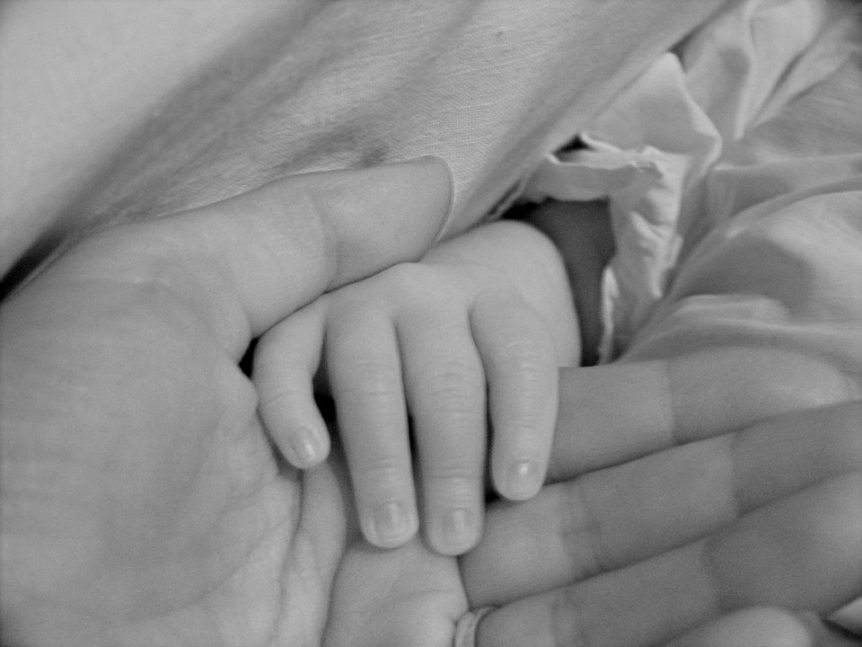In most cases, delivering a child is a pretty straightforward event. However, sometimes complications arise and the health of the baby is negatively impacted. This can result in birth injuries.
A birth injury is defined as any injury or harm that an infant experiences during labor or the birth process itself. Some birth injuries can be mild or short-term while others are severe or permanent. And quite sadly, it isn’t even in the hands of medical professionals to avoid such incidences.
However, sometimes such injuries or even fatalities result due to the sheer negligence of the doctors. Though you cannot do anything other than cursing your own fate in any of these cases, you should at least be aware that you can reach out to a medical malpractice attorney Atlanta (if that is where you live) in the latter case. At least the doctor responsible for mishandling would learn a lesson not to repeat such a deed again, so another lady or another kid won’t suffer.
But how do birth injuries occur?
In most cases, doctors are supposed to follow particular standards of care that help them monitor the condition of the child and mother. If the physician detects any problems during pregnancy or delivery, they are supposed to address them. However, a medical professional may be negligent and this may cause a birth injury. Such mistakes can lead to medical malpractice. For more details on how to seek compensation for medical malpractice, read Levininjuryfirm.com/pa/philadelphia-birth-injury-lawyer.
Here are the 7 most common types of birth injuries:
Cerebral Palsy
This is a birth injury that results from damage to the areas of the brain responsible for regulating balance and muscular control. Cerebral palsy is the most common brain-related injury in infants and the damage is often caused by some kind of maternal or infant infection, infant stroke, or oxygen deprivation. These issues occur when a doctor fails to treat a maternal infection, monitor fetal distress, or use birthing tools properly.
ERB’s Palsy
This is a birth injury similar to brachial plexus. It also affects the nerves in the baby’s upper arm. The affected arm becomes weak and loses any sense of feeling. In the most severe cases, the arm may become completely paralyzed.
Brachial Plexus
This involves damage to the nerves in the infant’s upper arm. The affected arm becomes weak and the baby is unable to use the muscles in the arm. The baby experiences a burning sensation or a feeling of electrical shock in the arm. In some cases, the hands and shoulders may also be affected.
Meconium Aspiration Syndrome
This occurs during a stressful delivery where the baby goes through a long and difficult birth. The infant is so stressed that they defecate inside the uterus and then inhales in the meconium. This may lead to severe respiratory problems.
Head Trauma
This includes lacerations and bruising that result from the tools the doctor uses to help the baby pass through the birth canal. Birth-assisting tools such as vacuum extractors and forceps can cause head trauma.
Bone Fractures
We all know that a baby’s bones are more flexible because they have more cartilage than an adult. If the doctor handles the newborn roughly, the baby’s bones may fracture easily.
Epilepsy/Seizure Disorders
These birth injuries are caused by infection, trauma, or HIE (Hypoxic-ischemic encephalopathy). The doctor is supposed to test the pregnant mother for maternal infections, but if these infections are not identified and treated, the baby’s brain may be affected. The trauma and HIE can be caused by improper use of birth-assisting tools, thus resulting in brain damage and inadequate oxygen to the brain.
It is the doctor’s responsibility to ensure that no harm comes to the mother and child during delivery. They should provide adequate prenatal checks and make sure that the delivery process is performed professionally. If this does not happen, and birth injuries occur, then this becomes medical malpractice.
- Best learning toys for children as they age - July 19, 2023
- Luxury yacht charter vs. standard yacht charter: Which is right for you? - February 7, 2023
- Comfortable Shoes for Being on Your Feet All Day - January 10, 2023

Like It? Share It!